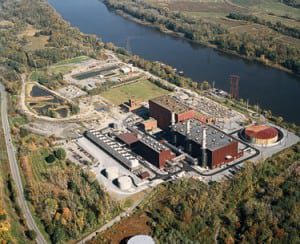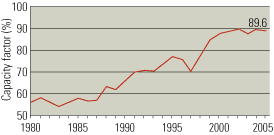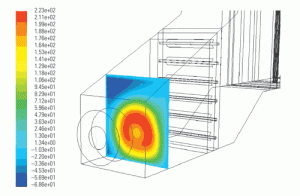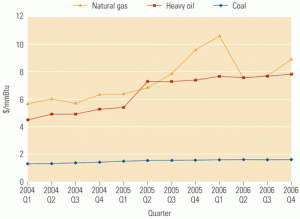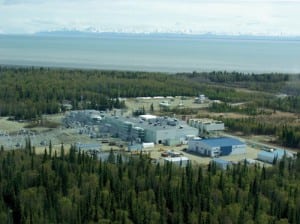Gas
-
Coal
Bethlehem Energy Center, Glenmont, New York
A great location, a fish-friendly cooling system, and the extent of environmental remediation needed to permit it distinguish this repowering project on the Hudson River just south of the New York State capital.
-
Gas
Global Monitor (May 2006)
Nuclear hot streak continues/Who’s winning in U.S. wind power?/ Canadian wind picking up too/ Brazilian port powers itself/ Biomass meets CHP in Sweden/ Power surfing from Scotland to Germany
-
Gas
Cheng Cycle flirts with 2 ppm NOx— and CO
Three years ago, an article in POWER described how Cheng Power Systems, by modifying the combustors of several popular gas turbines, had used steam injection to lower the units’ NOx output to about 5 ppm—but some models had substantial CO levels without combustor modifications. Since then, the company has developed new combustor nozzles that recently […]
-
Gas
Designing duct burners for variable GT loads
Duct burners use supplementary firing to increase the heat energy of a gas turbine’s exhaust, making it possible to increase the output of a downstream heat-recovery steam generator (HRSG). Early systems of the 1960s took a conventional approach to burner design. The exhaust of the turbine was directed into a windbox and then into a […]
-
Gas
Giant GE GT goes global
In late February, the largest gas turbine ever manufactured by GE Energy at its Belfort plant in France began a 30-day journey by land and sea that will take it to a new power plant in Spain. The Frame 9FB gas turbine—which is also the first built completely in Belfort—was loaded onto a special, wide-load […]
-
Coal
Designing HRSG desuperheaters for performance and reliability
Increased cycling of combined-cycle plants has made precise control of attemperator spray water within heat-recovery steam generators more important if damage to their hardware and piping is to be avoided. Complicating the issue is the industry’s still-limited experience with cycling and the fact that demands on the attemperator and turbine bypass of cycled plants are more stringent than those on baseloaded units.
-
Gas
Fleetwide standardization of steam cycle chemistry
Nearly five years ago, a major IPP began standardizing steam cycle chemistry feed, control, and monitoring across its combined-cycle fleet. This article discusses the steps taken, the costs incurred, and the technical and financial benefits achieved. Although the project focused on non-cogeneration plants, the findings detailed below are broadly applicable to other kinds of plants. However, the specific implementations (especially of the chemistry standards) described may have to be modified slightly for application to cogen plants.
-
Gas
Fluid dynamics of the HRSG gas side
Designers of heat-recovery steam generators are using computational fluid dynamics software as one tool to reveal the invisible forces affecting the flow over, under, around, and through structures such as inlet ducts, distribution grids, and guide vanes.
-
Coal
Gas turbine "refueling" via IGCC
The jury is still out on the economic and technical feasibility of burning gasified coal to generate electricity. Gasification technology has yet to be proven on a utility scale, especially with Powder River Basin coal as the feedstock. And on the generation side, there are more questions than answers about the capital cost and availability of integrated gasification combined-cycle (IGCC) plants. But with natural gas prices high and rising, it’s definitely worth examining whether it would be economically and technically feasible to convert the existing U.S. fleet of gas-fired combined-cycle plants to burn gasified coal.
-
O&M
O&M staff keep their cool at Alaskan plant
Operating a combined-cycle power plant profitably is no walk in the park, even under ideal conditions. But the extreme conditions at the Beluga Power Plant—from isolation to volcanoes—challenge its staff every day in ways that operators in the lower 48 can only imagine.

